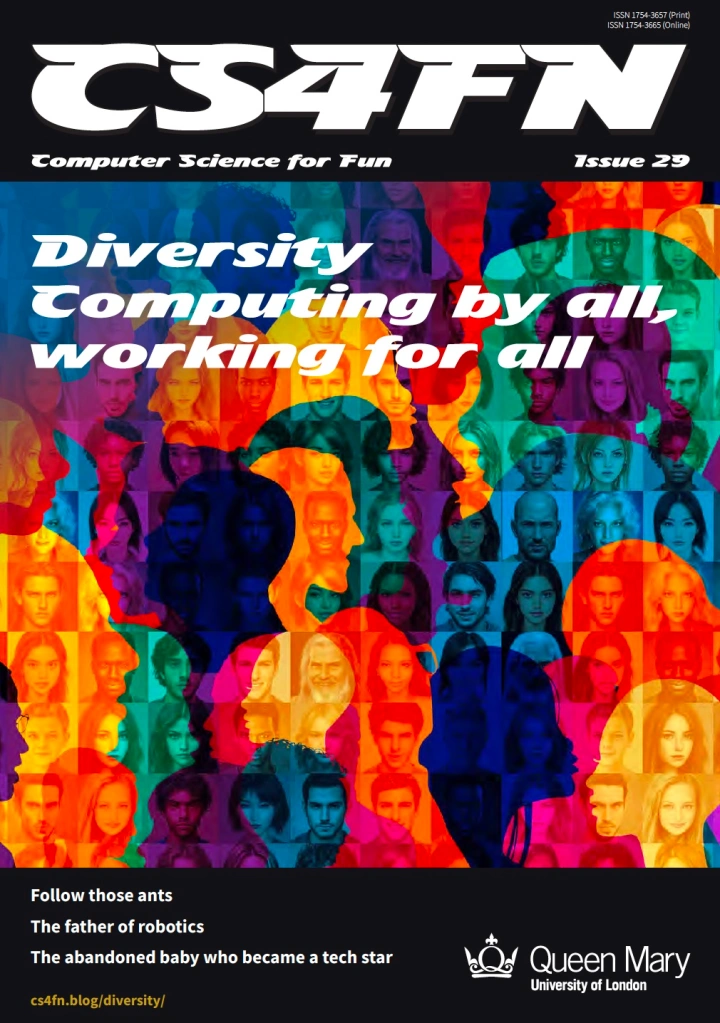by Paul Curzon, Queen Mary University of London
For some reason biting flies home in on some people while leaving others (even those walking next to them) alone. What is going on, what does it have to do with the colour blue, and how is computer science helping?
There are lots of reasons biting flies are attracted to some people more than others. Smell is one reason, even possibly made worse if you use smelly soap as it can make you smell like an attractive flower! Another is the colour blue! It turns out many biting flies are attracted to people who wear blue! It sounds bizarre but it is the reason fly traps are coloured blue – to make them more effective. But why would a fly like blue? Scientists have been investigating. One theory was that it was because blue objects look like shade to a fly: once there the eating of you is a separate fortunate advantage (to the fly).
One area of Computer Science is known is biologically-inspired computing. The idea is that evolution, over Millenia of trial and error, has come up with lots of great ways to solve problems, and human designers can learn from them. By making computer systems copy the way animals solve those problems we can create better designs. One of the most successful versions of this is the neural network: a way of creating intelligent machines by copying the way animals’ brains are built from neurones. It has ultimately led to the chatbots that can write almost as well as humans and the game playing machines that can beat us at even the most complex games.
Another use of biologically-inspired computing is as a way of doing Science. By modelling the natural world with computer simulations we can better understand how it works. This computational modelling approach is revolutionising the way lots of Science is done. Aberystwyth University’s Roger Santer applied this idea to biting flies. His team created a computer model of the vision system of different kinds of biting flies to explore how they see the world, testing different theories about what was going on. The models were built from neural networks, trained to see like a fly rather than to be able to write or play games.
What the Aberystwyth team found was that to these kinds of flies, because of the way their vision systems work, areas of blue look just like a tasty meal, like animals that they like to bite. The neural networks could tell leaves from animals, but they often decided, incorrectly, that blue objects were animals. They could also correctly tell the difference between shade and non-shade but never mistook blue objects as shade. If their model is an accurate version of the actual way these flies see, then it suggests that the flies are not attracted to blue because it looks like shade, but because it looks like an animal!
The lesson therefore is, if you don’t want to look like a meat feast then do not wear blue when there are biting flies about!
More on …
Magazines …
EPSRC supports this blog through research grant EP/W033615/1.


